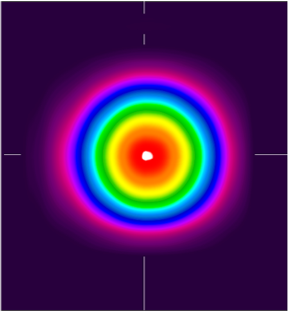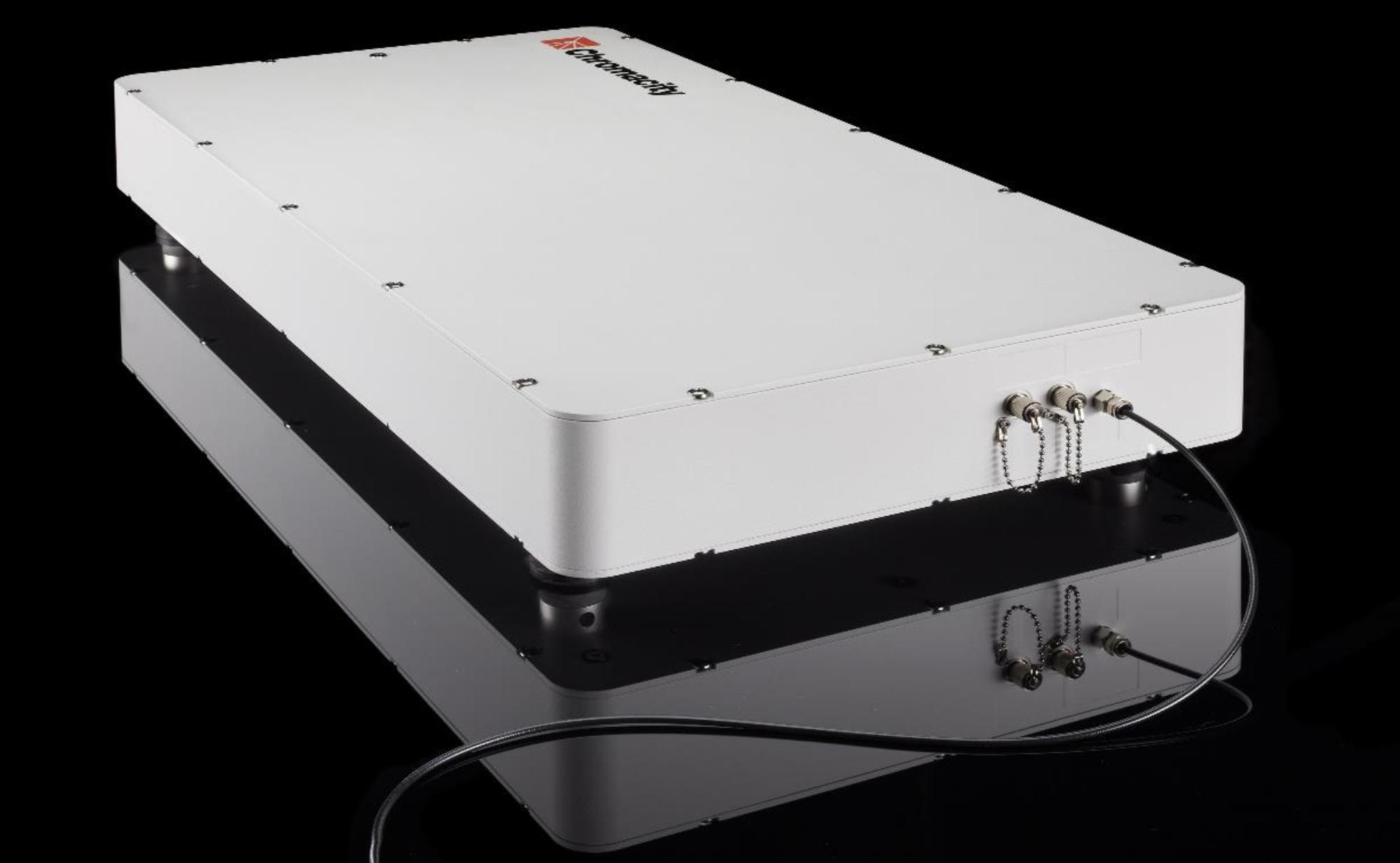Chromacity 1280: A Femtosecond Fiber Laser for the Semiconductor Industry
The Chromacity 1280 is a unique air-cooled, compact, femtosecond fiber laser that provides exceptional performance with turnkey operation. With outstanding pulse quality and power stability, the 1280 is an ideal laser source for use in probing semiconductors, and other material characterization applications.
The 1280 laser is ultra-stable across temperature and time, offering repeatable pulse power, pulse-to-pulse and over extended periods of operation. The laser is designed to be installed remotely and does not require specialist expertise to operate. The system comes with a laser head and a separate external power supply unit (PSU) providing flexible placement options. Control is achieved using an intuitive web browser user interface, or via an RS-232 serial port, allowing easy integration into OEM equipment, or remote operation on the bench in a typical laboratory environment.
A Laser for Semiconductor Analysis
The electronics industry relies heavily upon lasers for semiconductor failure analysis (SFA) to optimize manufacturing processes and accelerate the development of disruptive technologies which are shaping emerging industries. Photonics integrated circuits (PICs), for instance, use a laser source to emit light and power components, rather than electricity. Such components parts are vital in the adoption of connectivity and autonomous sensing applications.
![]()
Between 1250 nm – 1310 nm, the Chromacity femtosecond fiber laser delivers 80 fs pulses with an excellent beam quality for optical fault isolation applications, including Soft Defect Localization (SDL) and Laser Assisted Device Alteration (LADA). Soft defects are characteristic of failures found in partially functional integrated circuits. SDL imaging systems employ laser-scanning methods to generate localized heating and find defects. In contrast, LADA is a laser-based timing analysis technique which uses short wavelengths to generate photocarriers in silicon, without resulting in localized heating of the device. Chromacity’s ultrashort-pulse systems can be used in 2P LADA techniques which generate two-photon absorption-induced single event upsets (SEU) in micro-electronic devices, such as microprocessors or power transistors.
Fiber Coupling of the Chromacity 1280 Femtosecond Fiber Laser
The Chromacity 1280 laser can be fiber coupled as an option, offering polarization maintaining laser light with no degradation in pulse quality. Fiber delivery methods maximize performance and reduce the number of components required to couple light into a system.
In the fiber-coupled Chromacity 1280, a fiber coupler is used to focus the laser beam into an optical fiber. Fiber coupling can allow researchers to deliver a laser beam to places otherwise difficult to access, through a complex laboratory set-up, industrial settings, or via a catheter into the brain or heart. Chromacity has achieved coupling efficiencies of over 90% using an innovative hollow core technology that allows delivering pulses of under 150fs with negligible spectral or temporal broadening.



